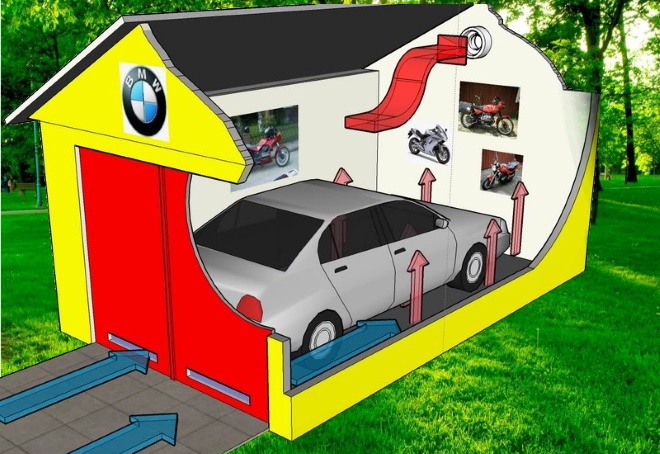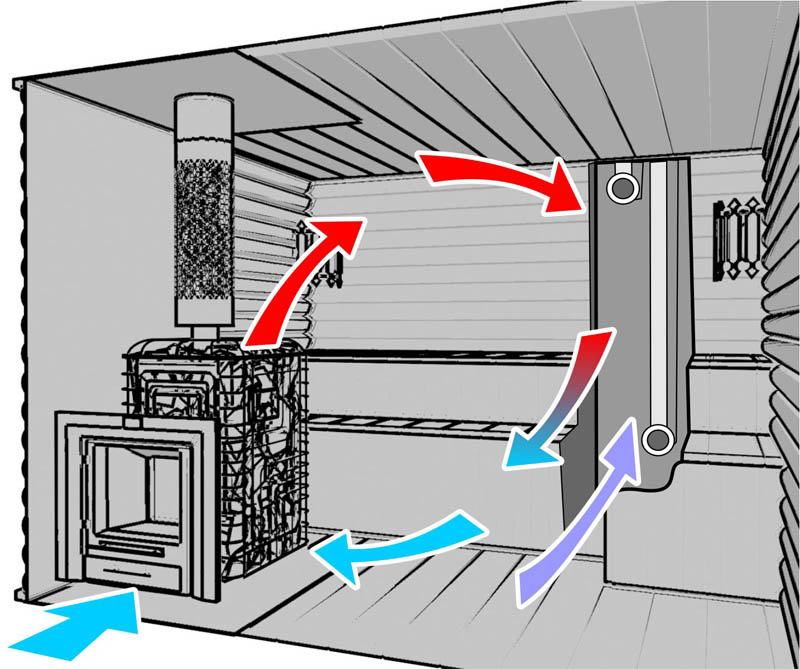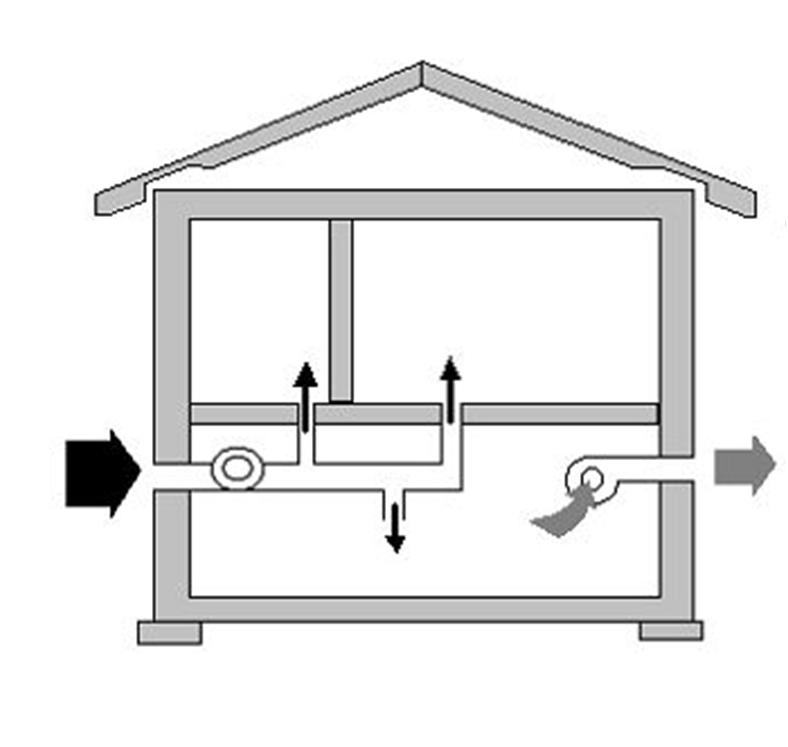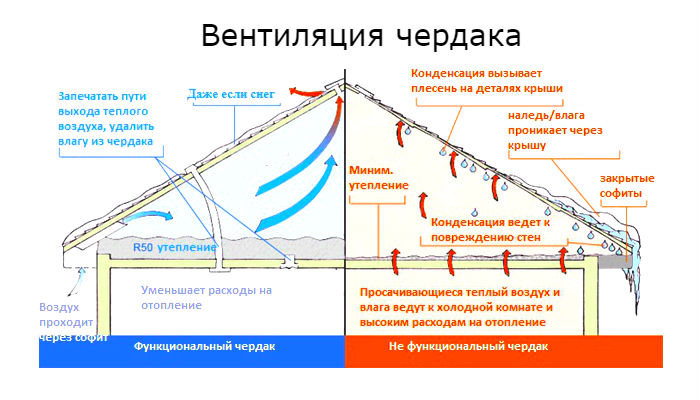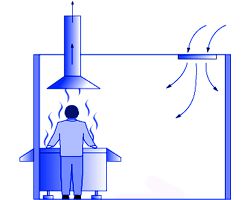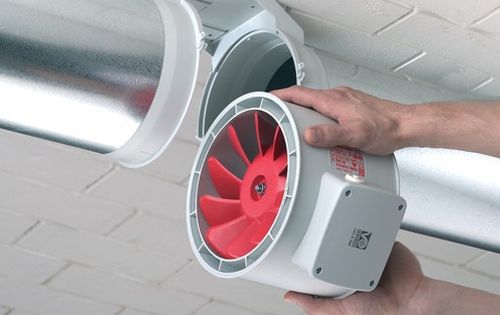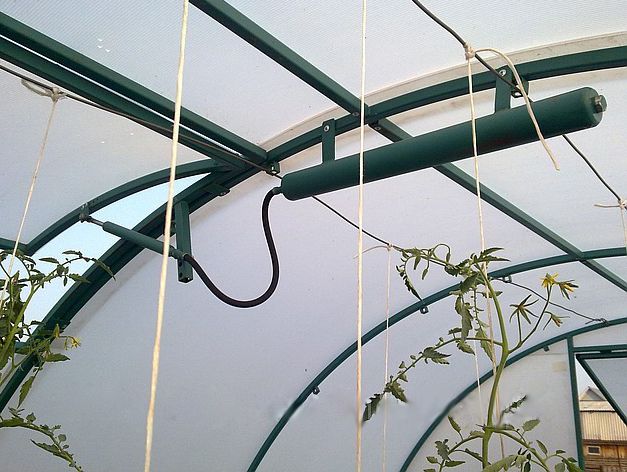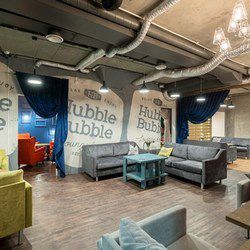The ventilation regulations for chemical laboratories are quite strict. This is explained by the fact that they work with reagents that cause poisonous, explosive emissions, smoke.
Laboratory ventilation design rules
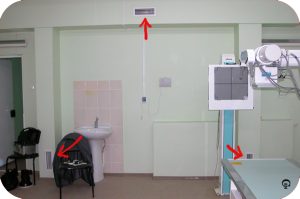
The ventilation of chemical laboratories is equipped so that the products released during the reactions are completely drawn out of the room. These toxic components must be blown out of the room in such a way that they are dispersed in the atmosphere without entering windows or air ducts.
When designing ventilation of laboratories, it is necessary to ensure a reduced pressure in the ventilation ducts compared to other rooms. This measure is taken to block toxic substances directly in the ventilation system.
The laboratory must be heated or cooled and humidified. Calculations for supply and exhaust ventilation in a laboratory are similar to calculations for industrial workshops with light types of work. It is important to provide access to system management directly from the laboratory.
Technical requirements for laboratory ventilation
Ventilation design for laboratories is carried out in accordance with existing standards and requirements. The room should be equipped with opening vents and windows. With a number of laboratories in one building, all of them can be connected to one ventilation system.
Sufficiently powerful blowing provides a guarantee of quick evacuation of poisonous or explosive substances outward and their non-penetration into the ventilation ducts of other rooms.
The extract power must be stronger than the supply power. This ensures a reduced pressure in the system.
Only forced supply and exhaust ventilation of laboratories is installed.
Main requirements for projects:
- Air exchange should be carried out at a rate of 4 to 8 liters per hour;
- There must be at least three meters between the air intake grate and the inflow grating;
- The exhaust system of the laboratory is not connected to the emergency outputs of the fire alarm;
- If the laboratory is located in a multi-storey building, the air outlet should be located one meter or higher than the height of the upper storey;
- Air ducts for air outflow are mounted from stainless steel or from a neutral material that does not oxidize under the influence of aggressive exhaust;
- The efficiency of the exhaust system is monitored using special sensors installed in the laboratory.

